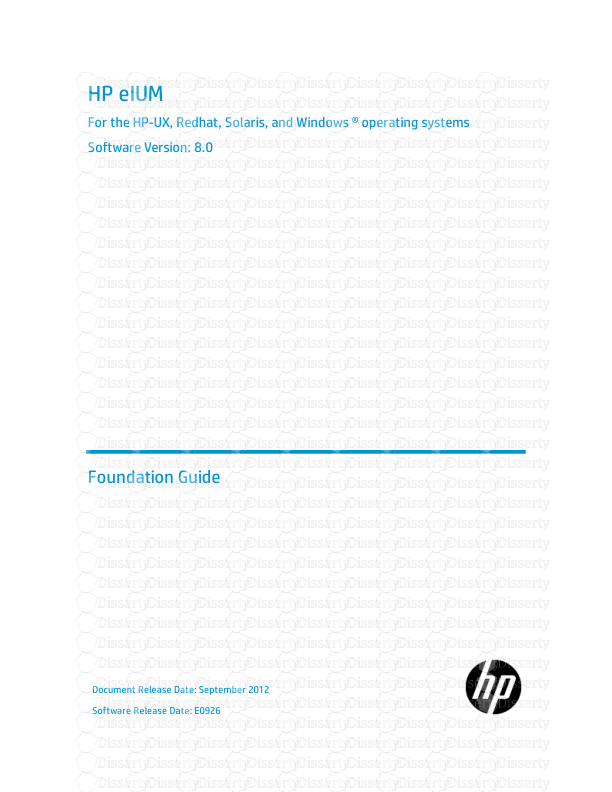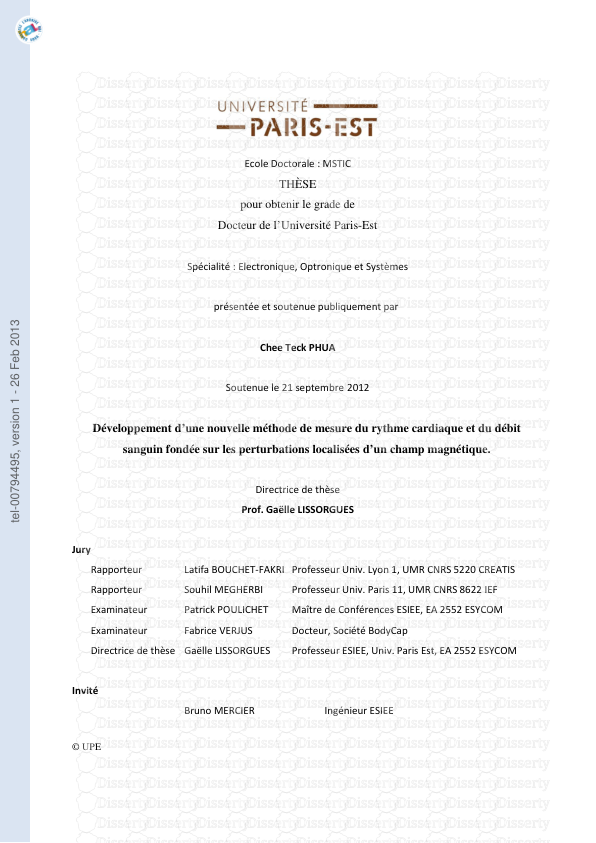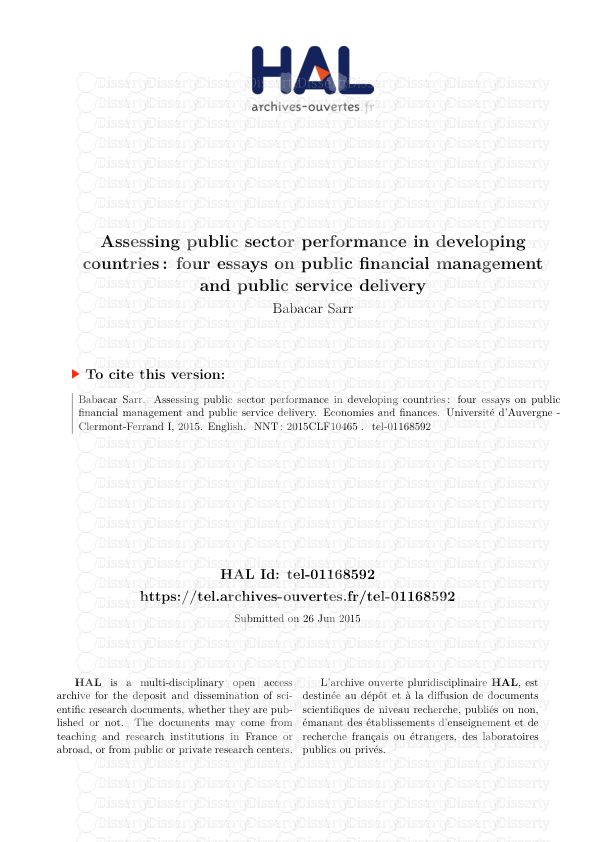Installation and Configuration Guide for version 4.0.2 Installation and Configu
Installation and Configuration Guide for version 4.0.2 Installation and Configuration Guide Version 4.0.2 - August 2018 Permission is granted to copy, distribute and/or modify this document under the terms of the GNU Free Documentation License, Version 1.2 or any later version published by the Free Software Foundation; with no Invariant Sections, no Front-Cover Texts, and no Back-Cover Texts. A copy of the license is included in the section entitled "GNU Free Documentation License". The fonts used in this guide are licensed under the SIL Open Font License, Version 1.1. This license is available with a FAQ at: http:/ / scripts.sil.org/OFL Copyright © Łukasz Dziedzic, http:/ /www.latofonts.com, with Reserved Font Name: "Lato". Copyright © Raph Levien, http:/ /levien.com/, with Reserved Font Name: "Inconsolata". iii Table of Contents About this Guide ............................................................................................................... 1 Introduction ...................................................................................................................... 2 Architecture and Compatibility ................................................................................... 3 System Requirements ......................................................................................................... 5 Assumptions ............................................................................................................. 5 Minimum Hardware Requirements .............................................................................. 6 Operating System Requirements ................................................................................. 6 Installation ........................................................................................................................ 8 Software Downloads ................................................................................................. 8 Software Installation .................................................................................................. 9 Configuration .................................................................................................................. 10 GNUstep Environment Overview .............................................................................. 10 Preferences Hierarchy .............................................................................................. 10 General Preferences ................................................................................................ 11 Authentication using LDAP ...................................................................................... 19 LDAP Attributes Indexing ......................................................................................... 27 LDAP Attributes Mapping ........................................................................................ 27 Authenticating using C.A.S. ...................................................................................... 28 Authenticating using SAML2 .................................................................................... 30 Database Configuration ............................................................................................ 30 Authentication using SQL ......................................................................................... 34 SMTP Server Configuration ...................................................................................... 37 IMAP Server Configuration ....................................................................................... 38 Web Interface Configuration .................................................................................... 41 SOGo Configuration Summary .................................................................................. 48 Multi-domains Configuration .................................................................................... 49 Apache Configuration .............................................................................................. 51 Starting Services ...................................................................................................... 52 Cronjob — EMail reminders ....................................................................................... 52 Cronjob — Vacation messages activation and expiration ............................................... 53 Managing User Accounts ................................................................................................. 54 Creating the SOGo Administrative Account ............................................................... 54 Creating a User Account .......................................................................................... 54 Microsoft Enterprise ActiveSync ....................................................................................... 56 Microsoft Enterprise ActiveSync Tuning ............................................................................. 59 S/MIME Support in SOGo ............................................................................................... 61 Using SOGo .................................................................................................................... 62 SOGo Web Interface ............................................................................................... 62 Mozilla Thunderbird and Lightning ............................................................................ 62 Apple Calendar and iOS ........................................................................................... 63 Apple AddressBook ................................................................................................. 63 Microsoft ActiveSync / Mobile Devices ..................................................................... 64 Upgrading ....................................................................................................................... 65 Additional Information ..................................................................................................... 67 Commercial Support and Contact Information .................................................................... 68 Chapter 1 About this Guide 1 About this Guide This guide will walk you through the installation and configuration of the SOGo solution. It also covers the installation and configuration of SOGo ActiveSync support - the solution used to synchronize mobile devices with SOGo. The instructions are based on version 4.0.2 of SOGo. The latest version of this guide is available at https:/ /sogo.nu/downloads/documentation.html. Chapter 2 Introduction 2 Introduction SOGo is a free and modern scalable groupware server. It offers shared calendars, address books, and emails through your favourite Web browser and by using a native client such as Mozilla Thunderbird and Lightning. SOGo is standard-compliant. It supports CalDAV, CardDAV, GroupDAV, iMIP and iTIP and reuses existing IMAP, SMTP and database servers - making the solution easy to deploy and interoperable with many applications. SOGo features: ▪Scalable architecture suitable for deployments from dozens to many thousands of users ▪Rich Web-based interface that shares the look and feel, the features and the data of Mozilla Thunderbird and Lightning ▪Improved integration with Mozilla Thunderbird and Lightning by using the SOGo Connector and the SOGo Integrator ▪Native compatibility for Microsoft Outlook 2003, 2007, 2010, and 2013 ▪Two-way synchronization support with any Microsoft ActiveSync-capable device, or Outlook 2013/2016 SOGo is developed by a community of developers located mainly in North America and Europe. More information can be found at https:/ /sogo.nu/ Chapter 2 Introduction 3 Architecture and Compatibility Chapter 2 Introduction 4 Standard protocols such as CalDAV, CardDAV, GroupDAV, HTTP, IMAP and SMTP are used to communicate with the SOGo platform or its sub-components. Mobile devices supporting the Microsoft ActiveSync protocol are also supported. To install and configure the native Microsoft Outlook compatibility layer, please refer to the SOGo Native Microsoft Outlook Configuration Guide. Chapter 3 System Requirements 5 System Requirements Assumptions SOGo reuses many components in an infrastructure. Thus, it requires the following: ▪Database server (MySQL, PostgreSQL or Oracle) ▪LDAP server (OpenLDAP, Novell eDirectory, Microsoft Active Directory and others) ▪SMTP server (Postfix, Sendmail and others) ▪IMAP server (Courier, Cyrus IMAP Server, Dovecot and others) If you plan to use ActiveSync, an IMAP server supporting the ACL, UIDPLUS, QRESYNC, ANNOTATE (or X-GUID) IMAP extensions is required, such as Cyrus IMAP version 2.4 or later, or Dovecot version 2.1 or later. If your current IMAP server does not support these extensions, you can use Dovecot’s proxying capabilities. In this guide, we assume that all those components are running on the same server (i.e., localhost or 127.0.0.1) that SOGo will be installed on. Good understanding of those underlying components and GNU/Linux is required to install SOGo. If you miss some of those required components, please refer to the appropriate documentation and proceed with the installation and configuration of these requirements before continuing with this guide. The following table provides recommendations for the required components, together with version numbers: Database server PostgreSQL 7.4 or later LDAP server OpenLDAP 2.3.x or later SMTP server Postfix 2.x IMAP server Cyrus IMAP Server 2.3.x or later More recent versions of the software mentioned above can also be used. Chapter 3 System Requirements 6 Minimum Hardware Requirements The following table provides hardware recommendations for the server, desktops and mobile devices: Server Evaluation and testing ▪Intel, AMD, or PowerPC CPU 1 GHz ▪512 MB of RAM ▪1 GB of disk space Production ▪Intel, AMD or PowerPC CPU 3 GHz ▪2048 MB of RAM ▪10 GB of disk space (excluding the mail store) Desktop General ▪Intel, AMD, or PowerPC CPU 1.5 GHz ▪1024x768 monitor resolution ▪512 MB of RAM ▪128 Kbps or higher network connection Microsoft Windows ▪Microsoft Windows XP SP2 or Vista Apple Mac OS X ▪Apple Mac OS X 10.2 or later Linux ▪Your favourite GNU/Linux distribution Mobile Device Any mobile device which supports CalDAV, CardDAV or Microsoft ActiveSync. Operating System Requirements The following operating systems are currently supported by SOGo: ▪Red Hat Enterprise Linux (RHEL) Server 5, 6 and 7 ▪Community ENTerprise Operating System (CentOS) 5, 6 and 7 ▪Debian GNU/Linux 6.0 (Squeeze), 7.0 (Wheezy), 8.0 (Jessie) and 9.0 (Stretch) Chapter 3 System Requirements 7 ▪Ubuntu 12.04 (Precise), 14.04 (Trusty), 16.04 (Xenial) and 18.04 (Bionic) Make sure the required components are started automatically at boot time and that they are running before proceeding with the SOGo configuration. Also make sure that you can install additional packages from your standard distribution. For example, if you are using Red Hat Enterprise Linux 7, you have to be subscribed to the Red Hat Network before continuing with the SOGo software installation. Note This document covers the installation of SOGo under RHEL 7. For installation instructions on Debian and Ubuntu, please refer directly to the SOGo website at https:/ /sogo.nu/faq/installation.html. Note that once the SOGo packages are installed under Debian and Ubuntu, this guide can be followed in order to fully configure SOGo. Chapter 4 Installation 8 Installation This section will guide you through the installation of SOGo together with its dependencies. The steps described here apply to an RPM-based installation for a Red Hat or CentOS 7 distribution. Most of these steps should apply to all supported operating systems. Software Downloads Note In order to access the production builds, you need a proper support contract from Inverse. Continue with the configuration once you received your username and password. SOGo can be installed using the yum utility. To do so, first create the /etc/yum.repos.d/ inverse.repo configuration file with the following content: [SOGo] name=Inverse SOGo Repository baseurl=https://<username>:<password>@packages.inverse.ca/SOGo/release/3/rhel/7/ $basearch gpgcheck=1 Note Any non-URL safe characters in username/password must be URL-encoded. For example, if your password is so%go, you must set the value in your configuration file to so%25go - where % is encoded to %25. Inverse signs its RPM packages with its GPG key. Integrity verification happens all by itself on package installation, all you need to do is first import the key into your rpm keychain: rpm --import "https://pgp.mit.edu/pks/lookup?op=get&search=0xCB2D3A2AA0030E2C" Some of the softwares on which SOGo depends are available from the repository "Extra Packages for Enterprise Linux" (EPEL). To add EPEL to your packages sources, install the following package: rpm -ivh https://dl.fedoraproject.org/pub/epel/epel-release-latest-7.noarch.rpm Chapter 4 Installation 9 SOGo relies on the GNUstep packages provided by Inverse and must not use the packages from EPEL. Adjust the repository definition to exclude those packages: sed -i '/enabled=1/a \ exclude=gnustep*' /etc/yum.repos.d/epel.repo For more information on EPEL, visit http:/ /fedoraproject.org/wiki/EPEL/. Software Installation Once the yum configuration file has been created, you are now ready to install SOGo and its dependencies. To do so, proceed with the following command: yum install sogo This will install SOGo and its dependencies such as GNUstep, the SOPE packages and memcached. Once the base packages are installed, you need to install the proper database connector suitable for your environment. You need to install sope49-gdl1-postgresql for the PostgreSQL database system, sope49-gdl1-mysql for MySQL or sope49-gdl1-oracle for Oracle. The installation command will thus look like this: yum install sope49-gdl1-postgresql Once completed, SOGo will be fully installed on your server. You are now uploads/Litterature/ sogo-installation-guide.pdf
Documents similaires










-
62
-
0
-
0
Licence et utilisation
Gratuit pour un usage personnel Attribution requise- Détails
- Publié le Jan 03, 2022
- Catégorie Literature / Litté...
- Langue French
- Taille du fichier 0.5902MB


